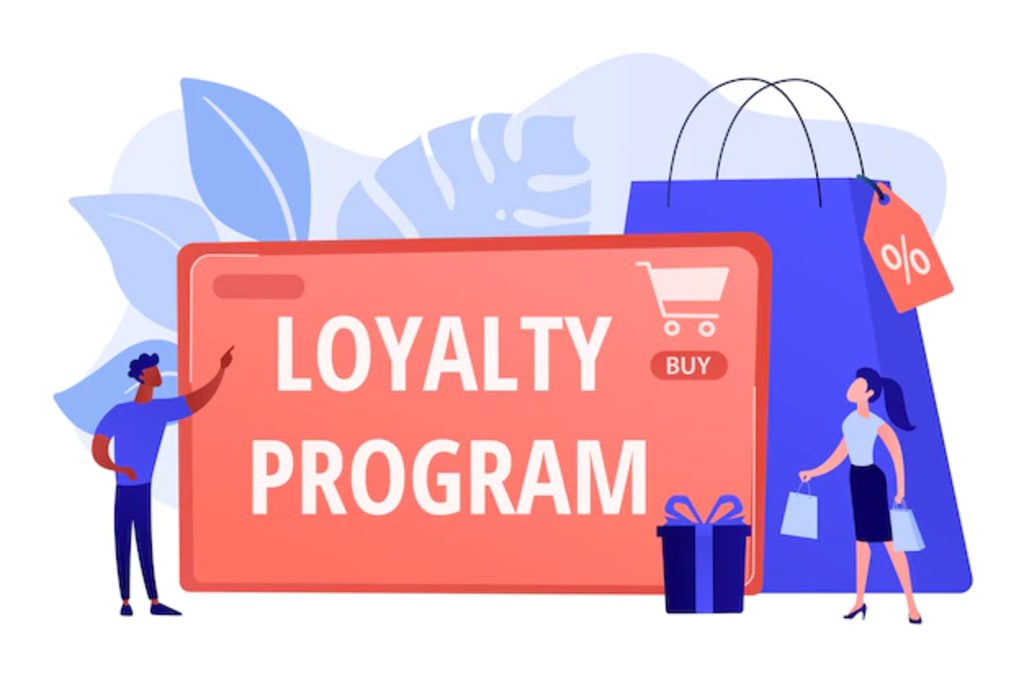Best Measurement Parameters for Your Loyalty Program
Key metrics to measure successful loyalty program

Here Below I am sharing the key metrics to measure a successful loyalty program
- Rate of Enrollment
- Rate of activation and engagement
- Rate of repeat purchases
- % of Sales from Returning Customers
- Spending Patterns Per Member
- Diminished Discount Cost
- Lifetime Value
- Net Promoter Rating
Rate of Enrollment: The enrolment rate is the first. Your clients are going to start discovering your loyalty program. Through the many channels, you’ll use for marketing it, they’ll learn about it. Your goal is to persuade them to sign up for your membership or loyalty program by outlining the advantages of doing so. Even if it’s a free membership, it’s still a subscription. In some ways, it’s a club, and ideally, members must sign up for the loyalty program on their own. And the first indicator of success is how many individuals you can persuade and inspire to sign up for that loyalty program once they realize the advantages and realize there is something to gain from doing so.
Rate of activation and engagement: The activation rate or engagement rate for members versus non-members is the next factor you should consider. The enrollment rate may be a vanity statistic because you may entice people to join the program by highlighting the advantages they receive, but how many of those participants actually stick with the loyalty program after they join it? How many people can still remember that show?
Rate of repeat purchases: The repeat purchase rate, often known as the repeat conversion rate, is the third measure. A negative churn also indicates this one. The conversion rate or the evolution of your loyalty program over time, as determined by how frequently your clients engage in what you regard as a conversion, truly depends on how you view it.
So, if that conversion results in a purchase, how frequently do they buy and how often do they repeat purchases? How much less are they churning from a continuity program, for example? You have a negative churn because of this. Therefore, another statistic that you consider for your program’s performance is the repeat purchase rate, repeat conversion rate, and reduction in churn. Comparing this to your members vs your non-members is even more crucial in order to ensure that your members’ repeat purchase or repeat conversion rates are higher and their churn is lower.
% of Sales from Returning Customers: This is a terrific approach to gauge the effectiveness of your program by counting and calculating the proportion of sales that can be ascribed to your devoted clients. Whichever manner you choose to quantify it, tell me how much of your overall volume of sales it is growing.
Spending Patterns Per Member: The average spend per member will be the fourth factor you will consider. Therefore, it’s crucial that your members purchase from you more frequently. Additionally, it’s crucial to encourage them to spend more money with you each time they visit. And that’s specifically knowing or presuming that you have software that is conversion-based. However, even if the program is continuity-based, you must consider how long they remain with you. Thus, in this instance, that is the measure. The average spending or the average time spent participating in the program is a key indicator of how well your loyalty program is working.
Diminished Discount Cost: The decrease in discount cost is the next crucial indicator we consider. Discounts are a means of lowering prices. People are more eager to return the more discounts you offer. People stop returning as soon as those discounts are removed. This is a widely used strategy in email marketing, where many businesses, especially shops, offer discounts or other incentives in exchange for returning customers or email subscribers. People don’t convert the same way when you don’t send an email with a discount. Loyalty programs are an excellent approach to lower discounts because they essentially change people’s perceptions about using discounts.
Lifetime Value: The success of your program may be judged by looking at its lifetime value, which considers how much customers spend, how frequently they make purchases, and how long they stay with the program. The lifetime value of the member is a crucial indicator that we monitor in an effort to enhance the loyalty program.
The first five measures are currently quite popular. We frequently discuss them. They may have appeared elsewhere, as well. The following five measures are a little different, but we also attempt to consider them as indicators of your loyalty program’s performance.
Net Promoter Rating: They’re thrilled about your loyalty program and thrilled about the advantages it offers them. They might not even be discounts. Even if they could be benefits they care about, the incentives and benefits we’re using to entice loyal members are effective.
To know more about loyalty programs:- click here
About the Creator
Hemanth Kumar
I am Hemanth Kumar, my proffetional is Digital marketing and today i am here to share my thoughts and Ideas and our webite is https://loylt.works/





Comments
There are no comments for this story
Be the first to respond and start the conversation.